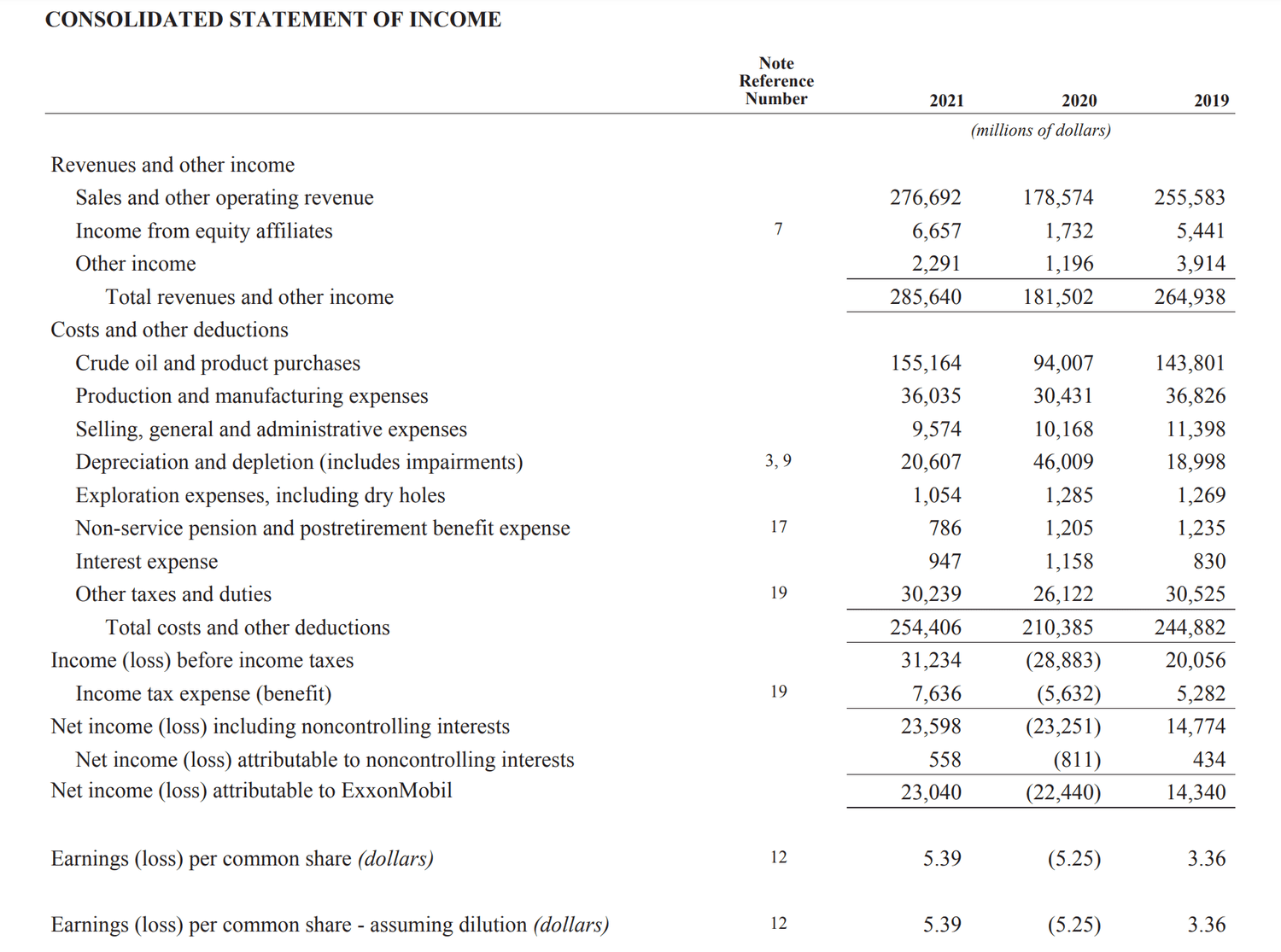What Are The Financial Statements
Financial statements are an essential tool for both businesses and individuals to understand their financial health. They provide important information about a company’s performance, liquidity, and cash flow position. Generally, financial statements consist of four reports: the balance sheet, income statement, cash flow statement and statement of shareholders’ equity. Each report provides insight into different aspects of a company’s financial condition.
Financial Statements
Financial statements provide a comprehensive overview of an organization’s financial activities. They are used to evaluate the financial health of a business and make important decisions about its future. Knowing what the financial statements are, how they’re created, and why they’re important can help you make informed decisions regarding your own finances as well as those of your business.
Financial statements consist of four primary documents: a balance sheet, income statement, cash flow statement, and statement of shareholder equity. The balance sheet is a snapshot in time that details the assets owned by the business versus the liabilities it owes creditors or other entities.
Balance Sheet
The Balance Sheet is one of the four primary financial statements used to assess a company’s financial health. It displays the firm’s assets, liabilities, and equity at a specific moment in time. A balance sheet provides a snapshot of what the business owns (assets) and owes to creditors (liabilities), as well as shareholders’ equity.
The total of all assets must equal the total of all liabilities plus the owner’s equity. This is known as the “balance” within a balance sheet. Knowing how to read and interpret a balance sheet can help investors make more informed decisions about their investments in various companies.
The elements on the balance sheet are broken down into two main categories: current assets and fixed assets. Current assets include cash, accounts receivable, inventory, prepaid expenses, etc.
Income Statement
An income statement is one of the three primary financial statements used to assess a company’s financial performance. It summarizes a company’s revenues and expenses over a period of time, usually quarterly or annually.
The income statement details how much money was made and how much was spent during that period. It can be used to calculate net profit or loss for the company, which allows investors to track the health of the business over time.
The main elements of an income statement include total revenue, cost of goods sold (COGS), operating expenses, non-operating items, taxes and earnings before interest and taxes (EBIT). Revenue is money gained from selling products or services, while COGS is what it costs to produce those goods or services. Operating expenses are costs associated with running day-to-day operations such as employee salaries and rent.
Cash Flow Statement
A cash flow statement is one of the three key financial statements used to measure a business’s overall performance. It provides an overview of the money coming in, going out and being held in a business over a set period of time. The other two primary financial statements are the balance sheet and income statement.
The cash flow statement allows businesses to track changes in their cash position over time. This helps them understand where their money is coming from, what it’s being used for and whether or not they have enough funds on hand to cover upcoming payments or investments.
By keeping track of their current assets, liabilities and net worth, companies can better plan for potential scenarios that could impact their finances. On top of this, they can compare operational performance with competitors by analyzing each company’s balance sheet against industry benchmarks.
Statement of Changes in Equity
A Statement of Changes in Equity is a financial statement that shows changes in the equity of an organization or company over a period of time. It provides detailed information about the sources and uses of funds, such as cash flows from investments and dividends. This statement is especially important for investors and other stakeholders who are interested in understanding how a company’s finances have changed since the beginning of a given period.
The Statement of Changes in Equity includes five main components: retained earnings, paid-in capital, net income (or loss), non-controlling interests and revaluations.
Conclusion
Financial statements are an essential part of any successful business. They provide an up-to-date, comprehensive record of a company’s financial health and performance. Knowing how to interpret and analyze these documents is a key skill for anyone working in the field of finance or accounting. In this article, we’ve discussed the basics of what financial statements are, as well as their importance in helping businesses make informed decisions.
At its core, the ability to read and understand financial statements helps companies make better decisions about where to invest resources, which expenses need to be cut back on, and ultimately how much profit they can expect over different periods of time.
This information helps business owners ensure that their operations remain healthy and profitable over long periods of time. Financial statements also help investors evaluate potential investments by providing insight into the underlying risk factors associated with each one.










Be First to Comment